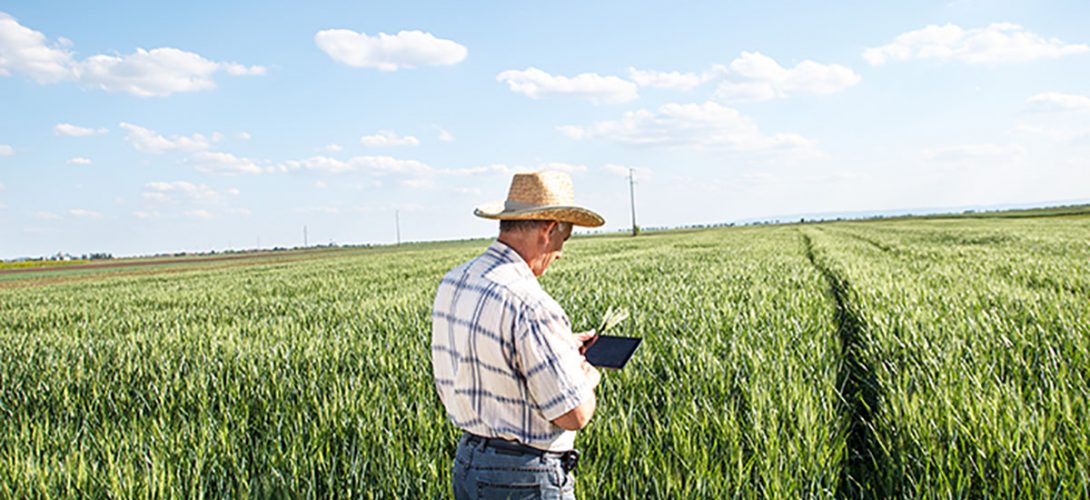Just like that, summer is here again. The urge to enjoy the weather and get outside is strong, especially since many of us spent last summer trapped indoors due to the pandemic. And as we return to the parks, stadiums, open-air eateries, and other venues, demand for outdoor Wi-Fi is set to skyrocket. Let’s explore why access to outdoor Wi-Fi is so important—and how to ensure it is there for people when they need it.
Connectivity for Work, Study, and Entertainment
Why is outdoor Wi-Fi so fundamental in today’s society? Let’s look at a few of its uses:
Education:
In addition to helping people respect social-distancing guidelines during a pandemic, campus Wi-Fi saves money on data costs while providing students and faculty access to areas like libraries—even when buildings are closed. The ability to access information remotely has also been a boon for campus police, facilities services staff, and sports coaches.
At Lewis University in Illinois, administrators deployed 1560 access points to create Wi-Fi zones across the campus. According to CIO LeRoy Butler, the installation is part of an initiative to provide access to university resources while respecting social distancing. “It gives [people] a way to safely access resources on campus without having to actually go into the buildings,” he says. And Lewis University is not alone. At Ohio State University, administrators installed some 300 access points, while at Kennesaw University in Atlanta, the campus is “awash in bandwidth.”
Stadiums and other venues:
We all know the feeling of attending a sporting event or concert and experiencing poor internet connectivity: not only due to lack of Wi-Fi but also because the bandwidth is clogged by the number of people trying to connect at once. Beyond the danger of leaving fans isolated in the event of a health emergency or losing track of a loved one, venues that lack Wi-Fi are missing out on all the advantages of a connected environment.
Today, many venues are abandoning paper tickets and moving to apps downloaded on customer smartphones to speed up ticket lines and prevent fraud. But such connected environments offer many other benefits, like providing fans and concertgoers with live feeds of information while also allowing them to share their experiences, provide feedback, access promotions, and engage with the team on social media. For teams and musicians, meanwhile, it provides an opportunity to monitor vital customer analytics in order to improve services. Wi-Fi, in effect, constitutes an enormous marketing opportunity, one that pays back many times over the initial investment in cabling, routers, and other infrastructure. For this reason, many sports leagues across the country are now setting minimum Wi-Fi/cell standards for their venues.
Businesses:
For businesses, outdoor Wi-Fi creates a seamless connection between interior and exterior spaces, allowing both staff and customers greater mobility and flexibility. Restaurants and stores leverage Wi-Fi to attract customers and offer online menus and instant discounts via QR codes—a trend that grew during Covid. And for businesses that operate outdoors, such connectivity becomes vital. Farmers can harness smart technology to manage livestock, automatic watering, and self-driving tractors. Construction companies can harness drone technology, augmented/virtual reality, 3D printing, and other intensive operations that require more than just a simple data plan. Transport companies can automate and synchronize every aspect of their supply chain. And much, much more.
Increasing Its Reach

Wi-Fi is made possible by radio waves commonly known as spectrum. Last fall, the Federal Communications Commission (FCC), who oversees spectrum use in the United States, took a major step forward by voting to open a portion of the 5.9 Ghz band for unlicensed indoor use. Unlicensed means that it’s available for anyone to use. This extra spectrum will benefit American consumers, helping to avoid saturation due to the rise of mobile and smart devices. In order for Wi-Fi to meet its full potential, however, the FCC should extend its ruling to include outdoor networks. With the economic impact of unlicensed technologies like Wi-Fi predicted to contribute $1.58 trillion dollars to the economy by 2025, we should be doing everything possible to increase its reach—both indoors and out.
he Beyond community is urging the FCC to open more spectrum in order to empower consumers and businesses. To learn more about supercharged Wi-Fi and to get involved, visit our “Supercharge Wi-Fi” campaign and sign our petition!
